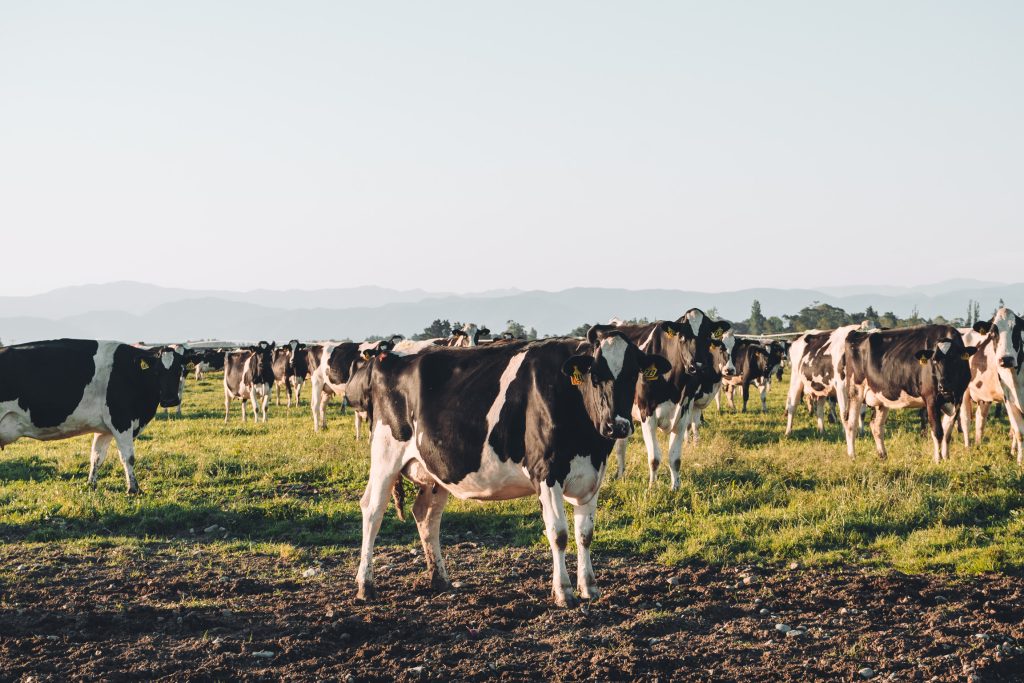How trace elements impact reproductive performance
It’s widely understood that mineral supplementation plays an important role in mating and pregnancy success, and a lot of research has shown the key trace elements involved to be cobalt, copper, iron, manganese, selenium, and zinc. But how do these trace elements interact within the body to culminate in better reproductive performance?
Cobalt
Cobalt aids in the cow’s ability to make vitamin B12, which in turn improves energy balance. Studies have shown that fluctuations of B12 serum around calving time can have negative effects of subsequent reproductive performance.
Copper
Copper has been shown to not only promote regular luteal activity (the second half of the cow’s cycle), but also positively impact ovum viability and early embryogenesis (the first eight weeks post-fertilisation). It’s important to note, however, that studies show copper toxicity will decrease energy production and increase the incidence of apoptosis.
Iron
Research shows iron supplementation plays a part in embryogenesis and better embryo quality, but may be ineffectual in the earlier stage of ovum development. While iron has its benefits in supplementation, the levels must be monitored so as to not interfere with copper, manganese, selenium, and zinc.

Manganese
Manganese has been shown to increase pregnancy rates, enhance ovum development, and embryo viability, with positive impacts carrying on through early embryogenesis. On the flipside, manganese deficiency has been linked to increased incidence of silent heat, lower conception rates, increased abortion rates, lower birth weights, and a higher rate of male calves.
Selenium
Selenium has been shown to have positive impacts on follicle activity and protecting against cell damage as the ovum develops.
Zinc
Research shows higher levels of zinc are linked with regular luteal activity, higher pregnancy rates, higher levels of zinc have a positive impact on regular luteal activity, improved pregnancy rates, better embryo quality, and reduced time between calving and first estrus.
Getting the right mineral supplementation programme
Ensuring your herd is receiving high-quality mineral and trace element supplementation at the correct ratio is a proven way to optimise their chances of getting in-calf and staying in-calf. Liver biopsies will give you an accurate assessment of your animals’ mineral stores, which your vet can perform. They’ll also be able to help you determine the right mineral supplementation programme dependent on biopsy results.
Published in Dairy News, 2 April
Sources:
